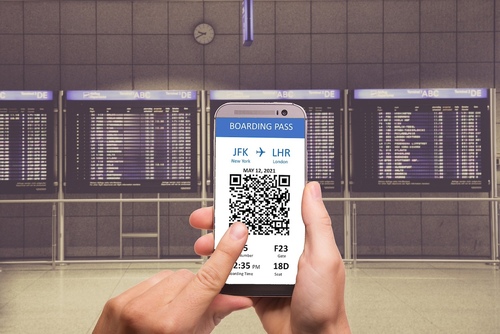These small, scannable squares offer a modern solution to age-old problems of misplaced or lost items. QR code stickers allow quick access to detailed information about an object, making them ideal for inventory management and asset tracking.
In today's fast-paced world, keeping track of personal items can be challenging. QR code stickers provide a simple yet effective way to catalog and locate possessions. By attaching a Lost It Tag or similar QR code sticker to valuable items, owners can create a digital link to important details such as purchase date, warranty information, or maintenance records.
The versatility of QR code stickers extends beyond mere identification. They can be used to store emergency contact information, making it easier to reunite lost items with their owners. This technology also enhances security measures, allowing for quick verification of ownership in case of theft or disputes.
At a Glance
-
QR code stickers provide efficient asset tracking and inventory management
-
Digital links created by QR codes offer quick access to item information
-
These stickers enhance item security and aid in recovery of lost possessions
The Role of QR Code Stickers in Asset Management
QR code stickers revolutionize asset management by providing instant access to detailed information and streamlining tracking processes. They enhance efficiency in inventory control and simplify compliance and insurance procedures.
Enhancing Asset Tracking and Inventory Management
QR code stickers offer a robust solution for asset tracking and inventory management. When applied to items, these labels allow quick scanning with smartphones or dedicated devices. Each QR code links to a unique digital record, providing real-time data on asset location, condition, and history.
Dynamic QR codes enable updates to asset information without replacing physical labels. This feature proves invaluable for items that change hands frequently or require regular maintenance. Companies report significant reductions in asset losses and improved inventory accuracy after implementing QR code systems.
For large-scale operations, QR codes facilitate bulk scanning, dramatically reducing the time needed for inventory counts. This efficiency translates to cost savings and more frequent, accurate stock assessments.
Streamlining Compliance and Insurance Processes
QR code stickers play a crucial role in simplifying compliance audits and insurance claims. By linking to comprehensive asset records, these labels provide instant access to maintenance logs, purchase dates, and warranty information.
During compliance audits, QR codes allow inspectors to quickly verify asset details and ensure adherence to regulations. This speeds up the audit process and reduces the likelihood of errors or oversights.
For insurance purposes, QR codes streamline the claims process. In the event of loss or damage, insurers can access detailed asset information by scanning the code, expediting claim assessments and payouts. This level of documentation also helps prevent fraudulent claims and disputes over asset value or condition.
Improving Customer Engagement and Marketing Through QR Codes
QR codes offer powerful tools for businesses to connect with consumers and enhance marketing efforts. These versatile symbols provide quick access to product details, promotions, and interactive experiences.
Boosting Consumer Interaction with Product Packaging
QR codes on product packaging create instant engagement opportunities. Consumers can scan codes to access detailed product information, usage instructions, or origin stories. This transparency builds trust and helps customers make informed decisions.
Brands use QR codes to link customers to video tutorials, recipes, or styling tips. This added value enhances the user experience and encourages repeat purchases. QR codes also enable easy access to customer reviews, helping shoppers validate their choices.
Some companies incorporate QR codes into loyalty programs. Customers scan codes to earn points, unlock exclusive content, or receive personalized recommendations. This fosters a sense of connection and rewards brand loyalty.
Leveraging QR Codes for Efficient Marketing Campaigns
QR codes streamline marketing efforts by bridging offline and online channels. Businesses can place codes on print ads, billboards, or in-store displays to drive traffic to websites or landing pages. This allows for precise tracking of campaign effectiveness.
Custom QR codes with branded designs increase recognition and scan rates. Marketers use these to offer time-sensitive discounts or promotions, creating urgency and boosting conversion rates.
QR codes facilitate easy social media follows or newsletter sign-ups. This grows a brand's digital audience and enables ongoing communication. Codes can also link to surveys, gathering valuable customer feedback to improve products and services.
By integrating QR codes into diverse marketing materials, businesses create seamless omnichannel experiences. This consistent engagement across touchpoints strengthens brand recall and customer relationships.
Conclusion
QR code stickers offer a simple yet powerful solution for tracking personal items. They provide quick access to important information and streamline organization efforts. By utilizing QR codes, individuals can effortlessly manage their belongings and reduce the risk of loss or misplacement. This technology presents an efficient and cost-effective method for keeping track of personal possessions in our increasingly digital world.








